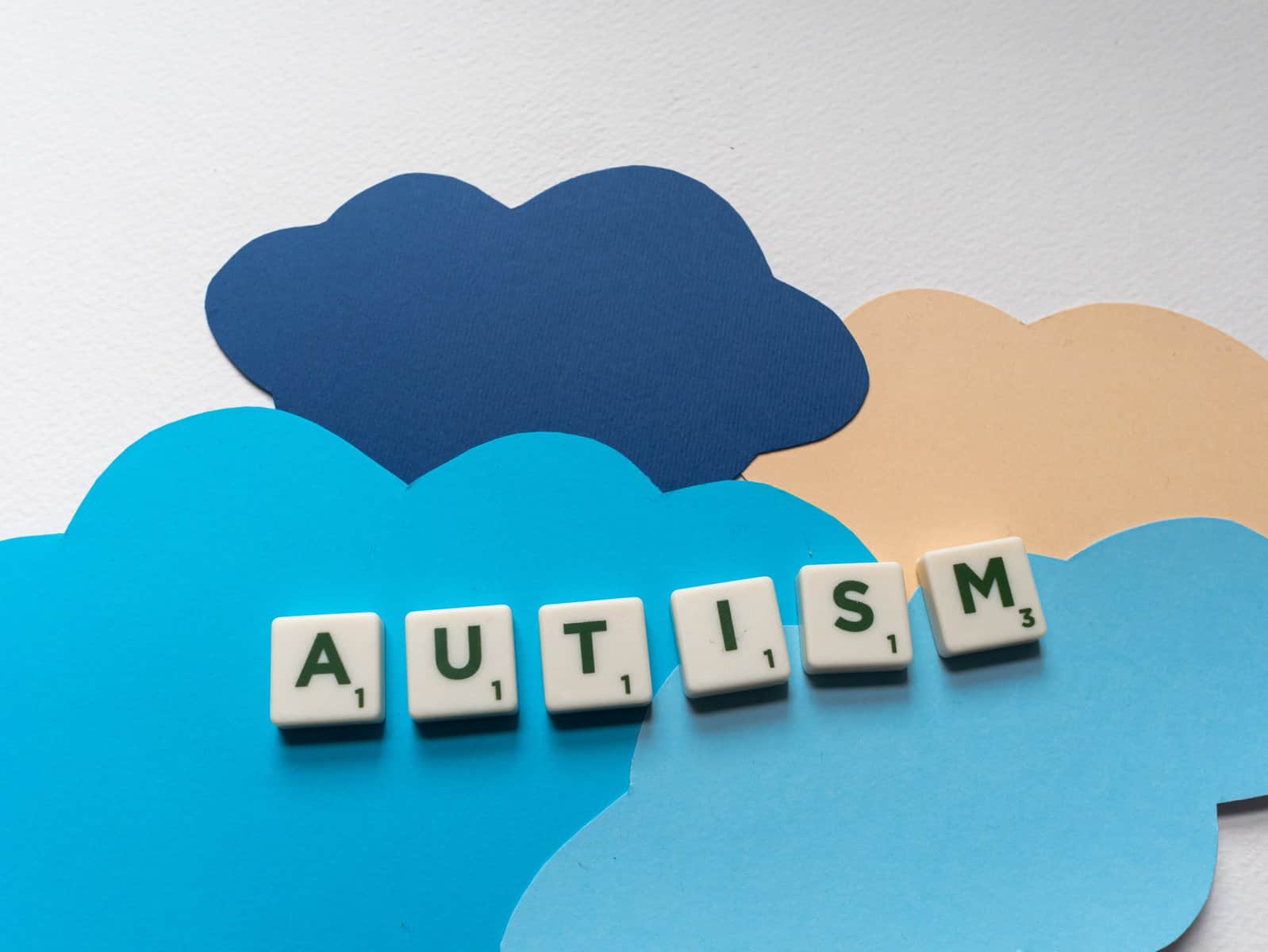What Is Autism Spectrum Disorder?
According to the Centers for Disease Control and Prevention (CDC), Autism Spectrum Disorder (ASD) is a developmental disability that can cause significant social, communication, and behavioral challenges. It’s estimated that about 1 in 68 children in the United States has an autism spectrum disorder. Boys are more than four times as likely as girls to have ASD. In this article, we’ll examine the symptoms, diagnosis, and treatment of autism spectrum disorder.
What Is Autism Spectrum Disorder (ASD)?
Autism Spectrum Disorder (ASD) is a developmental disorder characterized by impaired social interaction and communication, restricted and repetitive behavior, as well as sensory sensitivities. It can affect individuals in different ways and to varying degrees, ranging from mild to severe. Those with ASD may experience difficulty interacting or communicating with others, difficulty controlling their emotions or behavior, and difficulty understanding other people’s emotions. They may also have challenges with motor skills, sensory processing, language development, and executive functioning. ASD can be diagnosed at any age but usually is evident by the time a child reaches the age of three.
What Causes Autism Spectrum Disorder?
The exact cause of ASD is unknown. However, research suggests that both genetic and environmental factors play a role. Certain genes have been linked to ASD, and certain medical conditions during pregnancy may increase the risk of a child developing ASD. Additionally, some studies have suggested that exposure to certain toxins or medications may be linked to an increased risk of developing ASD.

How Is Autism Spectrum Disorder Diagnosed?
ASD is typically diagnosed through a comprehensive evaluation that includes an assessment of medical, developmental, and behavioral history. This process can involve hearing and vision screenings, genetic testing, neurological assessments, and psychological evaluations. To be diagnosed with ASD, an individual must meet criteria outlined in the Diagnostic and Statistical Manual of Mental Disorders (DSM-5).
What Treatment Options Are Available for Autism Spectrum Disorder?
Treatment options for ASD can vary depending on the individual’s needs. An ASD treatment plan may include specialized therapies such as Applied Behavioral Analysis (ABA), occupational therapy, speech therapy, sensory integration, social skills training, and pharmacological interventions. Additionally, medications may be prescribed to treat specific symptoms associated with ASD such as anxiety, depression, or insomnia.
It is important to remember that individuals on the autism spectrum are unique and individualized treatment plans should be created based on their needs. With early intervention and appropriate treatment, many individuals with ASD can lead meaningful and successful lives.
What Resources Are Available for Families Affected by Autism Spectrum Disorder?
There are many resources available to families affected by ASD. These include online support groups, parent education programs, advocacy organizations, counseling services, and community activities tailored for individuals with ASD. Additionally, the National Institute of Mental Health provides a wealth of information on ASD, including research updates, treatment options, and resources.
Finding the right support and resources can be crucial for families affected by ASD. It is important to reach out for help when needed so individuals with ASD can receive the best care possible.
What Advice Do Experts Have for Parents of Children on the Autism Spectrum?
Experts suggest that parents of children with ASD focus on creating an environment that is structured, consistent, and supportive. It can also be helpful to stay informed about autism spectrum disorder and take advantage of available resources. Additionally, finding ways to build meaningful relationships between the child and other family members or friends can foster a sense of community and connection. Finally, it is important to remember to take care of yourself. Parenting a child with ASD can be challenging and it is essential to find time for self-care.
Overall, learning about ASD and connecting with other parents in similar situations can provide support and guidance when needed. With the right resources and understanding, families affected by ASD can empower their children to achieve success.

What Are Some Strategies for Supporting People on the Autism Spectrum?
When interacting with individuals on the autism spectrum, it is important to be patient and understanding. Nonverbal communication such as facial expressions and body language can be difficult for some people with ASD to interpret, so using clear and concise language is recommended. It can also be helpful to give the individual time to process information before expecting a response. Additionally, creating a safe and calming environment can help reduce stress or anxiety for the individual with ASD.
What Role Can Technology Play in Supporting Individuals on the Autism Spectrum?
Technology can be a great tool for supporting individuals on the autism spectrum. There are many apps and programs designed to teach social skills, improve communication abilities, and reduce stress. Additionally, technology can be used to create visual schedules or reminders that help individuals stay organized and on task.
Technology can also help people with ASD interact more easily with their peers and community members. Social media platforms allow for asynchronous communication which can be less intimidating than face-to-face interactions for some individuals. In addition, virtual environments provide a safe space for individuals to explore and practice social skills.
What Is the Outlook for People Diagnosed With Autism Spectrum Disorder?
The outlook for individuals diagnosed with autism spectrum disorder is encouraging. With the right support and resources, many individuals can lead healthy and successful lives. Early diagnosis and intervention are important factors in achieving positive outcomes. Additionally, awareness regarding ASD has increased dramatically over the past few decades, leading to an improved understanding of how to best support individuals on the autism spectrum.
With access to these resources and support, people with ASD can find meaningful employment and participate in activities that are important to them. Additionally, the development of technology has made it easier for individuals with ASD to connect with peers and build relationships.
What Are Some Strategies for Helping People With Autism Spectrum Disorder Develop Life Skills?
There are many strategies for helping people with autism spectrum disorder develop life skills. It is important to tailor strategies to the individual’s specific needs and abilities.
One approach is to use visual supports such as pictures, graphs, or charts to help explain difficult concepts. For example, a picture of a clock can be used to explain the concept of time or a chart can be used to highlight how long a task should take.
Another approach is social stories, which are short narratives about a particular situation or experience. These can help explain appropriate behavior or provide ways to cope with difficult emotions or situations.
Role-playing and modeling are also helpful strategies for teaching life skills. This involves demonstrating the correct way to complete a task or react in a certain situation. Additionally, positive reinforcement can be used to encourage desired behaviors.

What Are Some Strategies for Supporting Caregivers of Individuals With Autism Spectrum Disorder?
Caregivers of individuals on the autism spectrum have a unique and challenging role. Providing support to these caregivers is essential in helping them manage their responsibilities.
One strategy is providing access to resources such as respite care, financial assistance programs, and support groups. These can help reduce stress levels and provide caregivers with a sense of community.
It’s also important to provide education regarding autism spectrum disorder. This can include information about the condition, available services, and strategies for working with an individual on the autism spectrum.
It’s also important to create a safe space where caregivers can express their feelings without judgment. This could be through formal support groups or simply having someone to talk with who can relate to their experiences.
How Does Autism Spectrum Disorder Affect Relationships?
Autism spectrum disorder can have a significant impact on relationships in both positive and negative ways.
On the positive side, individuals with ASD are often highly loyal friends who take relationships seriously and prioritize honesty and trust. They may also demonstrate intense focus when it comes to activities they are passionate about, inspiring others to pursue their own interests with enthusiasm.
On the negative side, individuals on the autism spectrum may have difficulty understanding social cues or struggle to express themselves in a socially appropriate manner. This can lead to misunderstandings and awkwardness in relationships. Additionally, individuals with ASD may struggle with empathy and sensitivity towards other people’s feelings, which can sometimes make it difficult to connect.
Conclusion
Autism spectrum disorder can have a significant impact on an individual’s ability to develop life skills, engage in relationships, and function in society. It is important to provide individuals with ASD access to resources and support to help them navigate these challenges. Additionally, providing support and education for caregivers can help reduce stress levels and improve overall quality of life. With the right strategies in place, individuals with autism spectrum disorder can lead fulfilling and meaningful lives.

